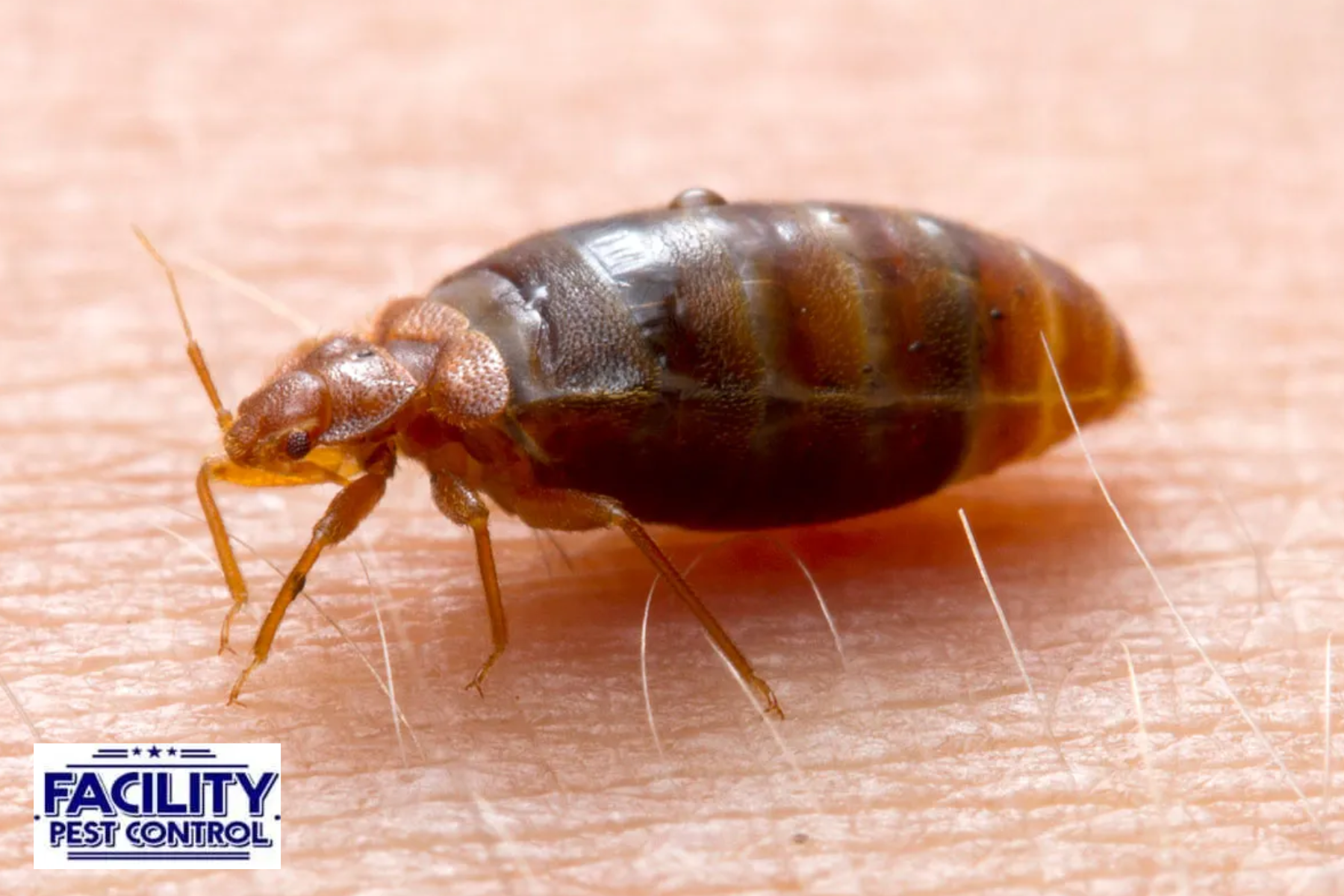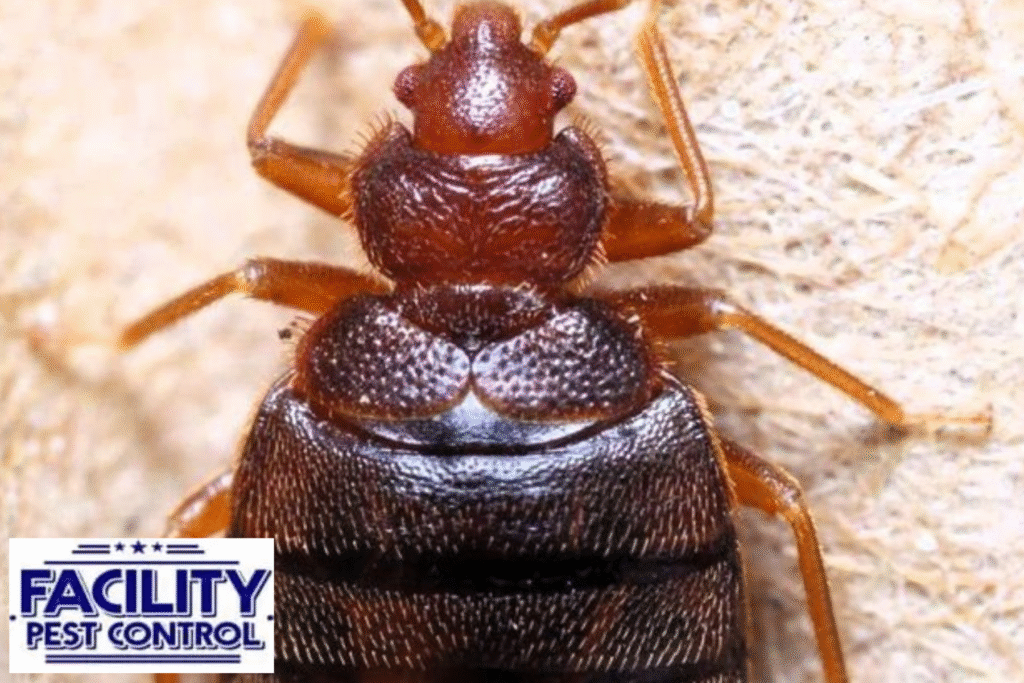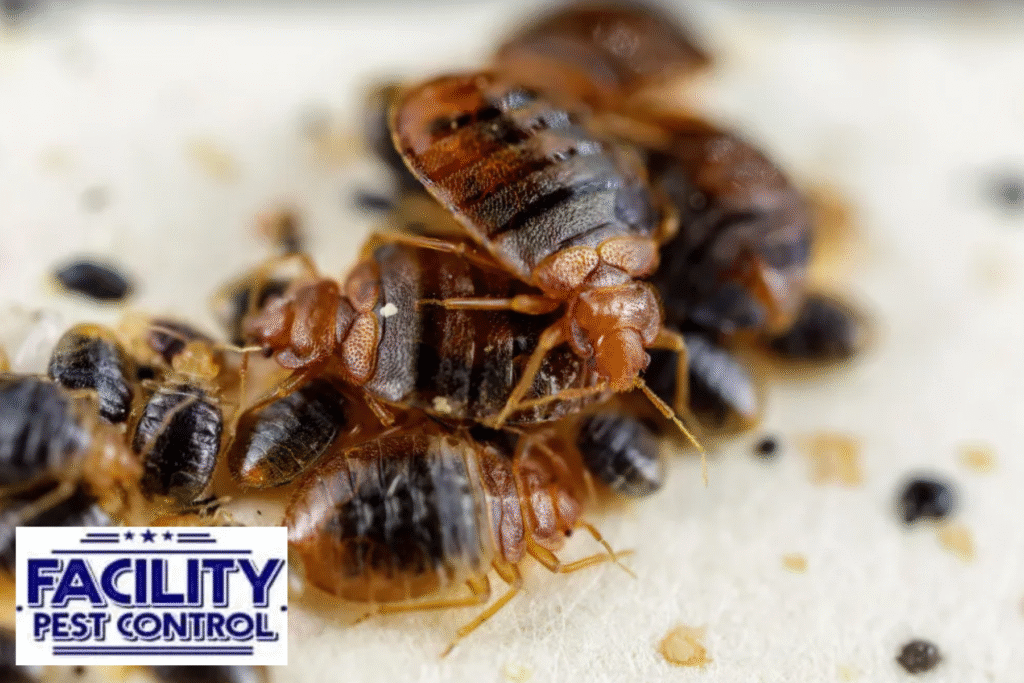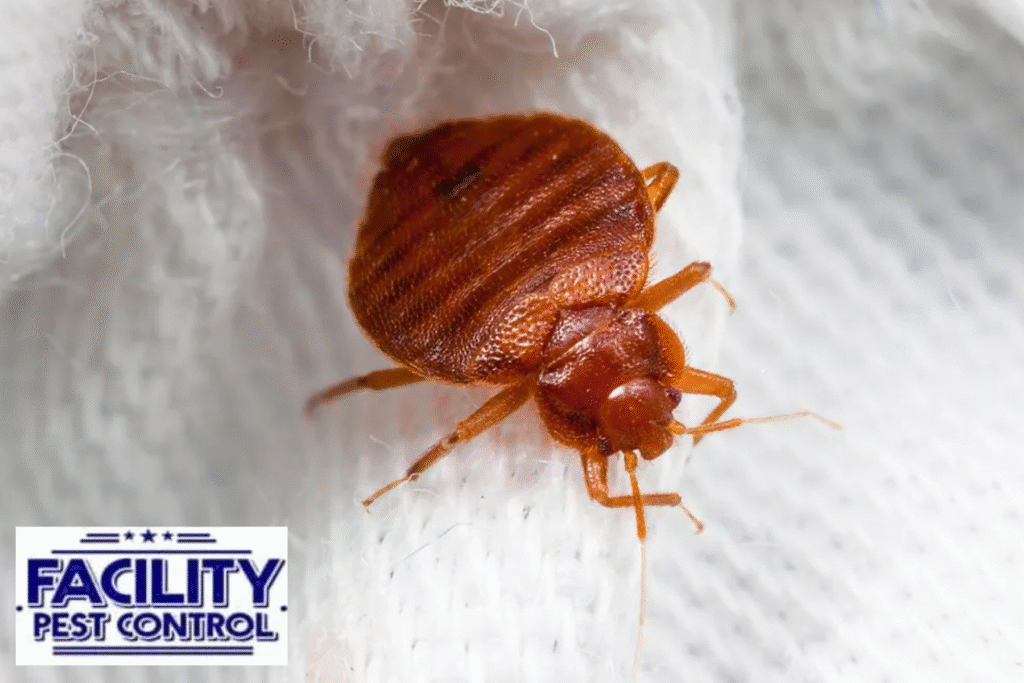Discovering a cluster of tiny red bugs scurrying across your walls or windowsill can be unsettling. While they may be small, these pests can quickly multiply and become a major nuisance if left unchecked. In this guide, we’ll explore the most common types of red bugs that invade homes, how to identify them, why they appear, and practical steps to prevent infestations. By understanding these pests, you can take action to keep your living space comfortable and pest-free.
Common Species of Tiny Red Bugs
Indoor and outdoor environments can harbor various species of small red insects. Below are the most frequently encountered types:
Clover Mites
Clover mites (Bryobia praetiosa) are tiny, often less than 1/30th of an inch long—and reddish-brown. They feed on grasses and other plants but wander indoors when temperatures change. Clover mites do not bite humans or damage structures, but they can leave red stains when crushed.
- Appearance: Bright red, oval-shaped, and extremely small.
- Habitat: Thrive in lawns, gardens, and near the foundations of buildings.
- Behavior: Enter homes during spring (when mating season begins) and fall (seeking shelter from cold).
Bird Mites
Bird mites (Dermanyssus gallinae and Ornithonyssus sylviarum) are parasitic insects that infest nests of birds such as pigeons, sparrows, or starlings. When their avian hosts abandon a nest, these mites often seek new hosts or shelter indoors.
- Appearance: Small (about 1/60th of an inch), reddish to dark brown after feeding.
- Habitat: Bird nests and their surrounding areas; may migrate indoors if nest is removed or birds leave.
- Behavior: They can bite humans, causing itching and skin irritation, but cannot establish long-term indoor populations without a bird host.
Spider Mites
Spider mites (Tetranychus urticae and related species) are plant-feeding pests often found on houseplants or outdoor vegetation. When their food source is scarce, they may wander indoors.
- Appearance: Tiny (0.02–0.04 inches), red or greenish-red, with a pear-shaped body.
- Habitat: Under leaves of plants, inside webbing that they produce on plant surfaces.
- Behavior: Cause yellowing or stippling of leaves; can be problematic in greenhouses or indoor gardens.
Bed Bugs
Bed bugs (Cimex lectularius) are notorious for infesting bedrooms and feeding on human blood. Although not bright red as adults, newly fed bed bugs can appear red or reddish-brown and can often be mistaken for tiny red specks.
- Appearance: Flat, oval-shaped, 0.2–0.25 inches long; reddish after feeding.
- Habitat: Mattresses, box springs, bed frames, upholstery, and cracks in furniture.
- Behavior: Nocturnal; feed on humans during sleep, leaving itchy bites. For professional bed bug control near me solutions, consider consulting experts instead of relying solely on DIY methods.
How to Identify Tiny Red Bugs
Distinguishing between different red bug species is crucial for implementing the correct control method. Here are some tips:
- Size and Shape: Clover mites and spider mites are extremely small often requiring magnification to see details while bird mites and bed bugs are slightly larger and more visible.
- Location of Sightings: Clover mites commonly appear near windows or on walls adjacent to lawns. Bird mites tend to be found near windows or vents where bird nests were previously located. Spider mites stay on plants. Bed bugs hide near sleeping areas.
- Behavioral Clues: If the bugs move in slow, meandering patterns, they’re likely plant feeders (clover or spider mites). Rapid movement around bedding or furniture could indicate bed bugs. If you notice small, irregular red spots on bedding or sheets, inspect for bugs that look like bed bugs and seek professional help immediately.
Why Tiny Red Bugs Invade Homes
Understanding why these pests appear indoors can help you prevent future infestations.
Seasonal Changes
- Spring and Fall (Clover Mites): When temperatures rise in spring, clover mites mate and disperse from lawns; in fall, they seek warmth.
- Migration from Plants (Spider Mites): Overheated or drought-stressed indoor plants become breeding grounds. When their host plant’s condition worsens, spider mites move to other vegetation or cracks in the home.
Abandoned Bird Nests
When birds vacate nests, bird mites lose their primary food source. Hungry mites wander into homes through cracks, vents, or windows in search of new hosts. Removing nests without proper precautions can exacerbate the problem.
Traveling on Clothing or Furniture
Bed bugs and bird mites hitchhike on luggage, clothing, or second-hand furniture. Visiting infested spaces hotels, public transportation, or even friends’ homes can introduce these pests into your living area.
Effective Prevention and Control Strategies
Stopping tiny red bugs from invading your home involves a combination of prevention, regular monitoring, and targeted treatments.
Seal Entry Points
- Inspect and Seal Cracks: Use caulk or weatherstripping around doors, windows, and utility openings.
- Screen Vents and Chimneys: Ensure screens are intact and fit securely to prevent bird or spider mite entry.
Outdoor Yard Maintenance
- Keep Grass Trimmed: Maintain turf and ornamental plants at a healthy height to discourage clover mites.
- Remove Bird Nests Safely: When removing nests, wear protective clothing and consider applying an insecticide around the entry point to kill lingering bird mites.
Indoor Monitoring
- Use Sticky Traps: Place small sticky traps along windowsills and edges of rooms to detect clover mites and bird mites before they multiply.
- Inspect Houseplants: Routinely check both sides of leaves for webbing or clusters of spider mites; isolate and treat affected plants.
Professional Treatments
For persistent or widespread infestations, professional intervention is often necessary. Licensed technicians can identify the species, locate nesting areas, and apply targeted treatments with minimal disruption.
- Clover Mite Control: Exterior barrier sprays or lawn treatments can reduce populations at the source.
- Bed Bug Treatment: Professional bed bug eradication may include heat treatments, encasement of mattresses, and eco-friendly insecticides. If you’re searching for pest control Canoga Park CA services, certified technicians can ensure comprehensive elimination.
DIY Methods for Managing Tiny Red Bugs
If you prefer a hands-on approach, the following DIY strategies can help reduce populations in and around your home.
Vacuuming and Cleaning
- Regular Vacuuming: Use a vacuum cleaner with a HEPA filter to capture bed bugs, their eggs, and mites from carpets, furniture, and crevices. Empty the vacuum canister into a sealed bag and discard immediately.
- Wipe Surfaces: For clover mites and bird mites, gently wipe windowsills and walls with a damp cloth to remove visible bugs without crushing them (crushing can stain surfaces red).
Natural Repellents
- Diatomaceous Earth (DE): Sprinkling DE around window frames or baseboards can dehydrate and kill clover mites and spider mites. Use food-grade DE to ensure safety for pets and children.
- Neem Oil for Plants: For spider mites on houseplants, a neem oil solution can disrupt their reproductive cycles and reduce infestations.
Isolation Techniques
- Quarantine Infested Items: If bed bugs or spider mites are found on furniture or plants, isolate these items in sealed plastic bags or containers until they can be treated.
- Launder Bedding and Fabrics: Wash bedding, curtains, and clothing in hot water (at least 120°F) to kill bed bugs and mites; dry on high heat for at least 30 minutes.
When to Call a Professional
While DIY efforts can be effective for minor or early-stage infestations, professional assistance is recommended when:
- More than a handful of tiny red bugs are visible daily.
- You notice signs of bugs that look like bed bugs such as rusty-colored stains on bedding or unexplained bites.
- Infestation persists despite thorough cleaning and repeated treatments.
- You suspect structural issues (e.g., bird nests in vents, structural cracks) that require corrective measures.
Seeking a professional ensures accurate identification, targeted treatment, and minimal risk of recurrence. In the Canoga Park area, technicians offering pest control Canoga Park can address both current infestations and prevention.
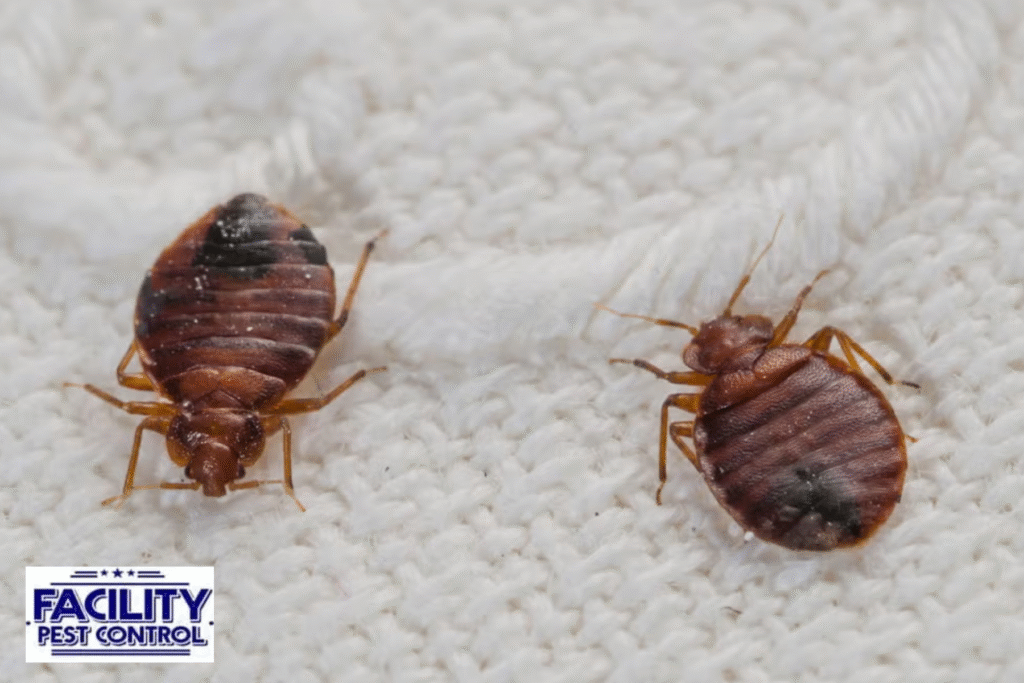
About Facility Pest Control
Facility Pest Control is a local, family-owned business based in Southern California, dedicated to providing specialized attention that larger companies simply can’t match. Our core offerings include comprehensive General Pest Control Services, covering ants, earwigs, spiders, crickets, roaches, and wasps, with optional add-ons for scorpions, fleas, ticks, bees, yellow jackets, and hornets.
We offer three flexible service plans monthly, hybrid (monthly during warmer months and bi-monthly during cooler months), and bi-monthly to keep your home or business pest-free year-round. Exterior treatments encompass de-webbing eaves, applying encapsulated granules and backpack sprays to the yard, wall flush dust applications, and perimeter foundation spraying. Interior services focus on garages, attics, under sinks, behind toilets, underneath appliances, entry points, and baseboards, all using family- and pet-friendly natural organic products.

